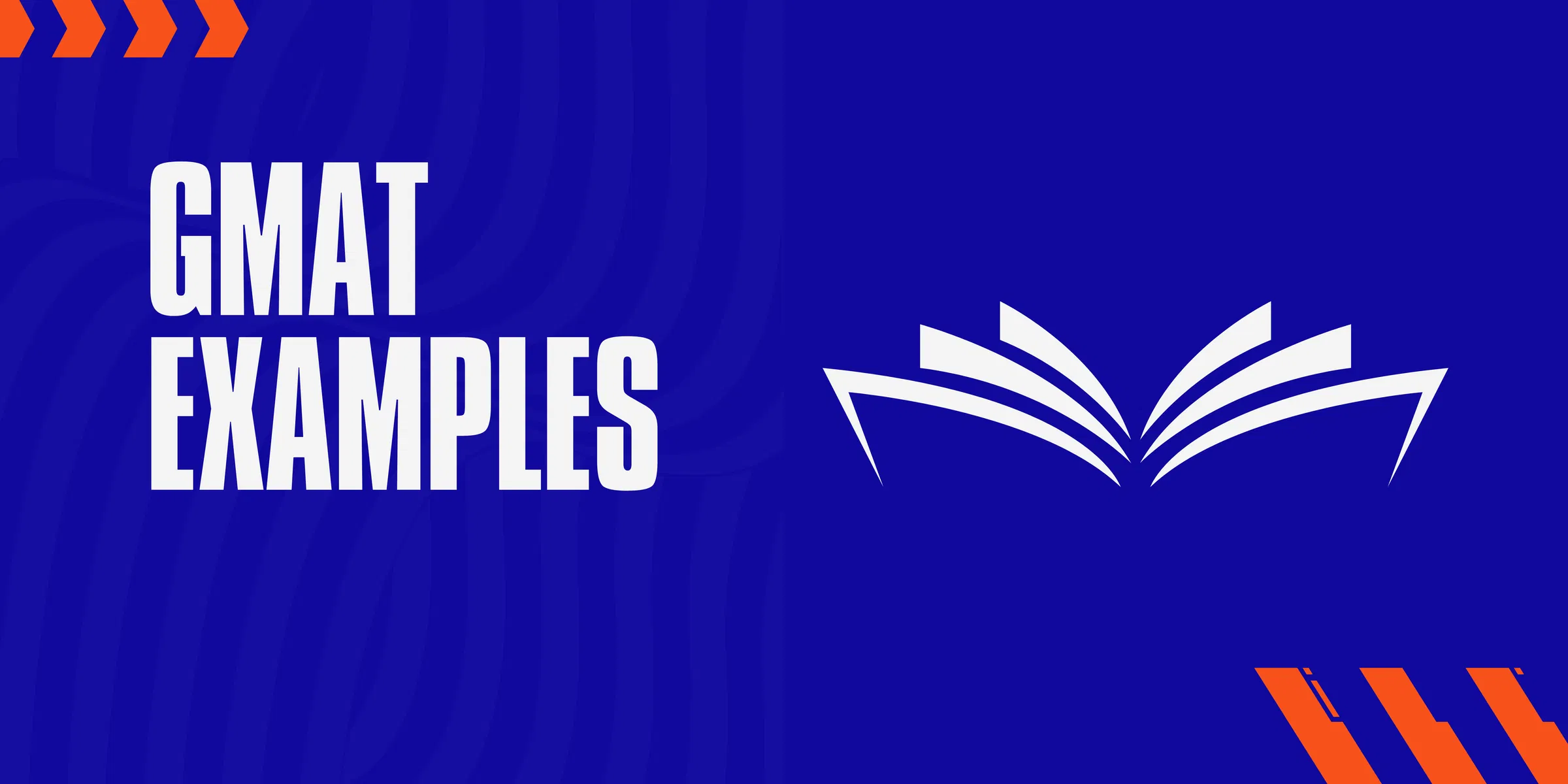Apparently, GMAT sentence correction accounts for ~40% of questions on the GMAT Exam Verbal Section. So, expect anywhere between 12-14 questions pertaining to sentence correction. From what I have explored till now, this has turned out to be a real challenge. GMAT parallelism lists down all parallelism concepts in detail to be able to recognise and apply them properly.
Parallelism Introduction
Parallelism is a list of entities talking about a common point. e.g. The biggest issues plaguing India in the 21st century are slow economic growth, corona virus crisis and lack of civic sense.
A list should contain at least 2 entities and should be homogenous in nature. This basically means, if one entity is a noun, others should be nouns as well. This holds true for verbs, clauses, modifiers etc.
We can even have clauses as a part of the list. For e.g. The Indian Prime Minister is someone who is very hardworking and is great at community engagement.
Identifying Lists
Lists can be identified using markers. Some of the popular ones are:
- And: Can be used for X and Y. Also used as X, Y and Z form.
- Or: Used for X or Y form.
- But: X but Y form.
And/Or/But are all used for identifying dual markers. Some other popular market usage. The below table has been picked up from GMATWhiz (highly recommended)

Common Errors
When it comes to parallelism, there are broadly 3 types of errors in GMAT Parallelism. Incorrect omission of common words, incorrect marker and missing marker.
- Incorrect marker: The usage of terms such as not only X but also Y. Anything other than this such as not only X and Y etc is the wrong usage of the marker not only X but also Y form. e.g. Not only did Rahul visit Delhi but also risked everyone’s lives by not social distancing. This is the correct usage
This section is no longer relevant since sentence correction is not part of GMAT Focus Edition
